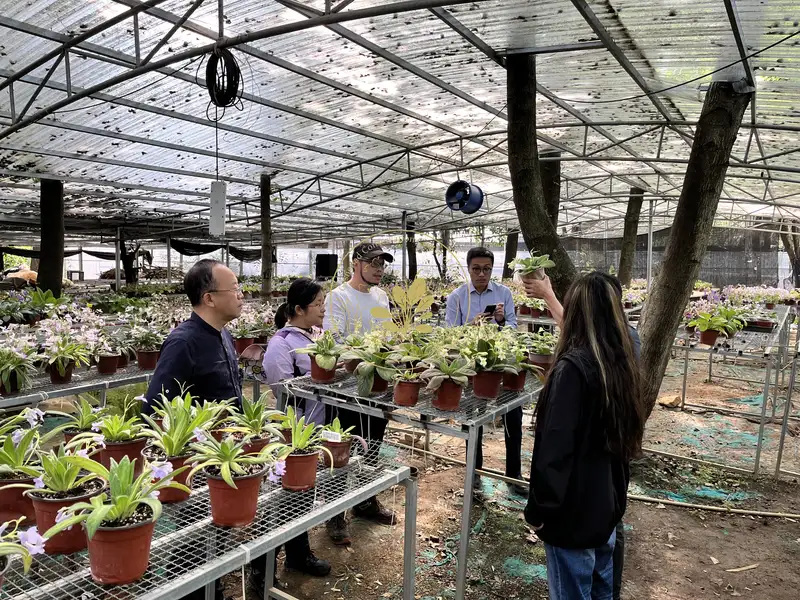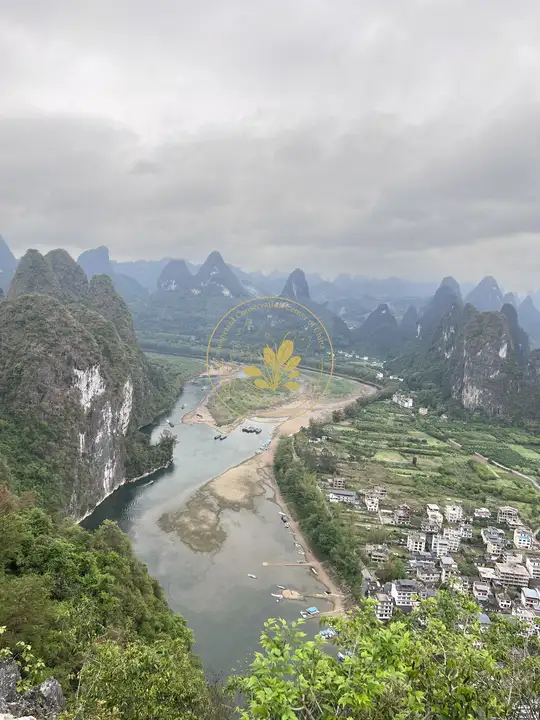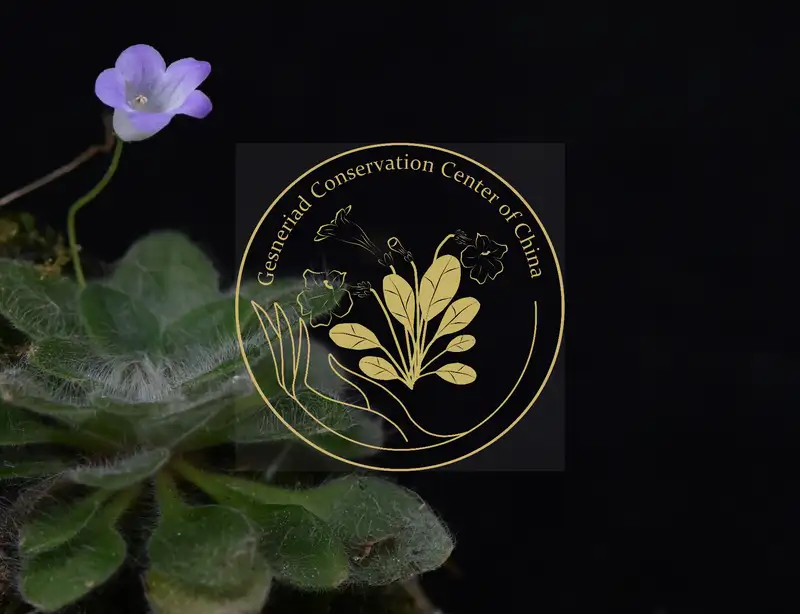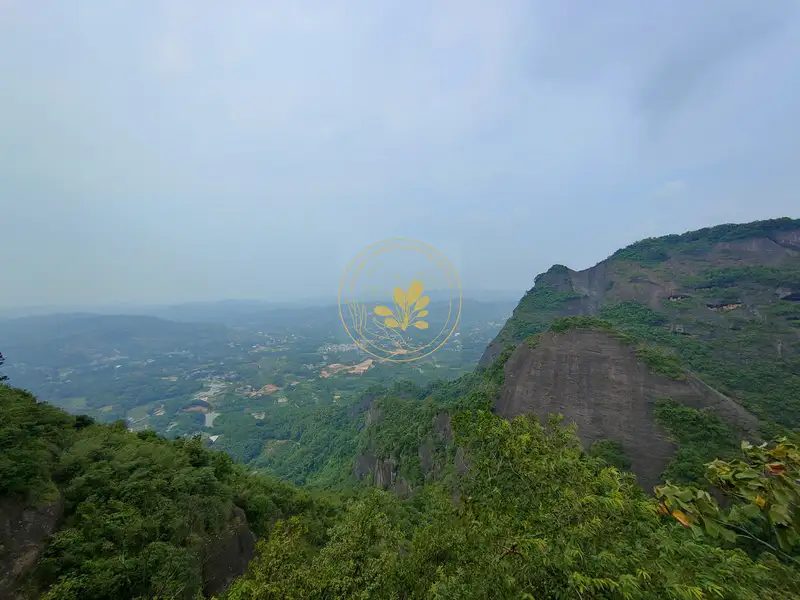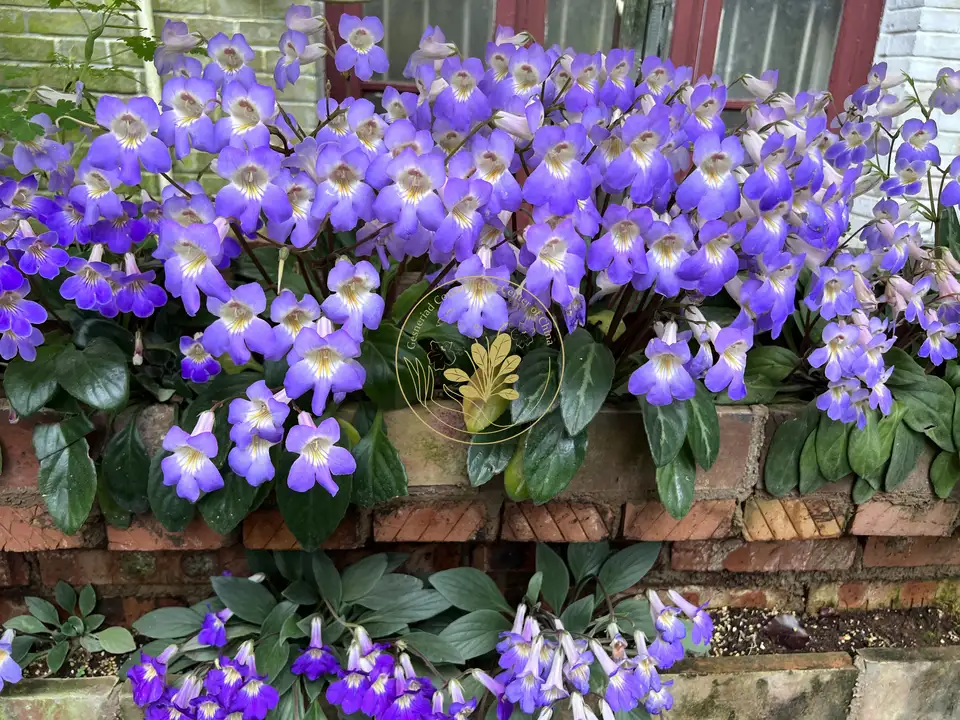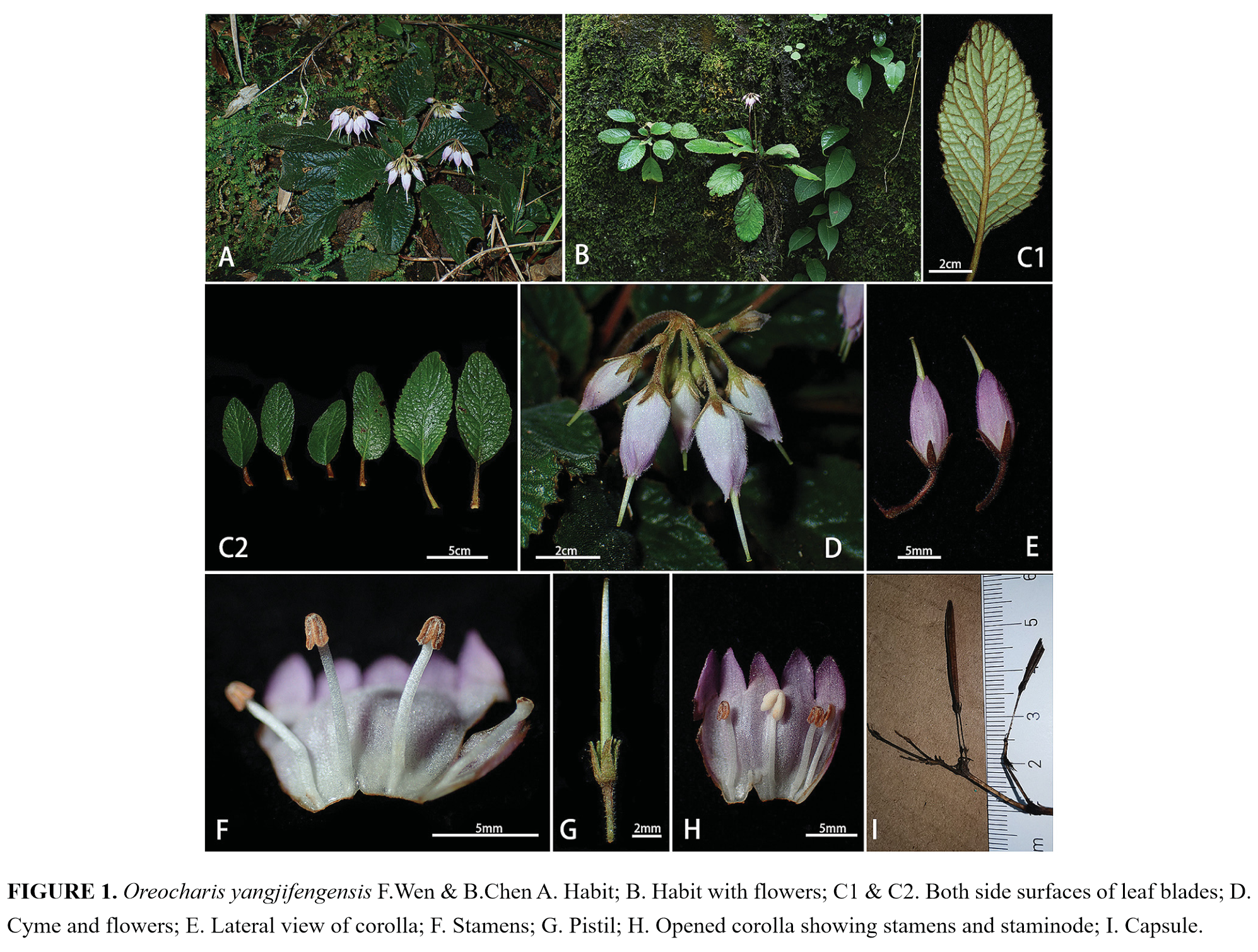The
Karst landforms are widely distributed in South and Southwest
China. The Karst forest communities in those areas have abundance
of plant species and high specificity. Of course, this areas, from Southeast
Yunnan to West Guangxi, is one of the most important hotspots for China's
biodiversity conservation.
Dr.
Wen Fang from GXIB found and collected an unknown species of Parabora in Wenshan city, Yunnan in 2009. At that
time, the specimens were collected by Dr. Wen Fang only had fruits without
flowers. Soon afterwards, this species was introduced and was being cultivated
in the nursery of GCCC since 2013. In the same year, two Engineers from the he
management and nursing office of Wenshan National Nature Reserves, Mr. He
De-Ming and Ms. Feng Yan-Fei, also collected the same unknown species of Paraboea in the field. The collected
specimen number is WSLJS646. After carefully consulting relevant literature from
China, Vietnam, Thailand, U.K., U.S.A. and comparing with the species and
specimens from China, Vietnam, Thailand, by Dr. Hong Xin and Dr. Wen from GCCC,
Anhui University and Guangxi Institute of Botany, CAS, it was confirmed as a
new taxon of Paraboea, Gesneriaceae.
It was named as Paraboea wenshanensis
X.Hong & F.Wen.
Tracking
and studying this new taxon, the he management and nursing office of Wenshan
National Nature Reserves and Kuming Institute of Botany, CAS, collaborated to
keep the seeds of Paraboea wenshanensis
in The Germplasm Bank of Wild Species in Kunming.
To consider the human activities influence and the population number of this
species in Wenshan, we need to assess the distributed situation of this new
taxon according to the IUCN red list categories and criteria. Thus, we
temporarily propose that Paraboea
wenshanensis should be considered as ‘Data Deficiency, DD’.
The
research was supported by The Germplasm Bank of Wild Species in Kunming
Institute of Botany, Anhui
University,
NSFC ( Natural Science Foundation of China) and “STS”CAS.
This
new taxon was entitled as “Paraboea wenshanensis,
a new species of Gesneriaceae from Yunnan,
China”, published in the
famous SCI journal, Phytokeys (95: 83—91).
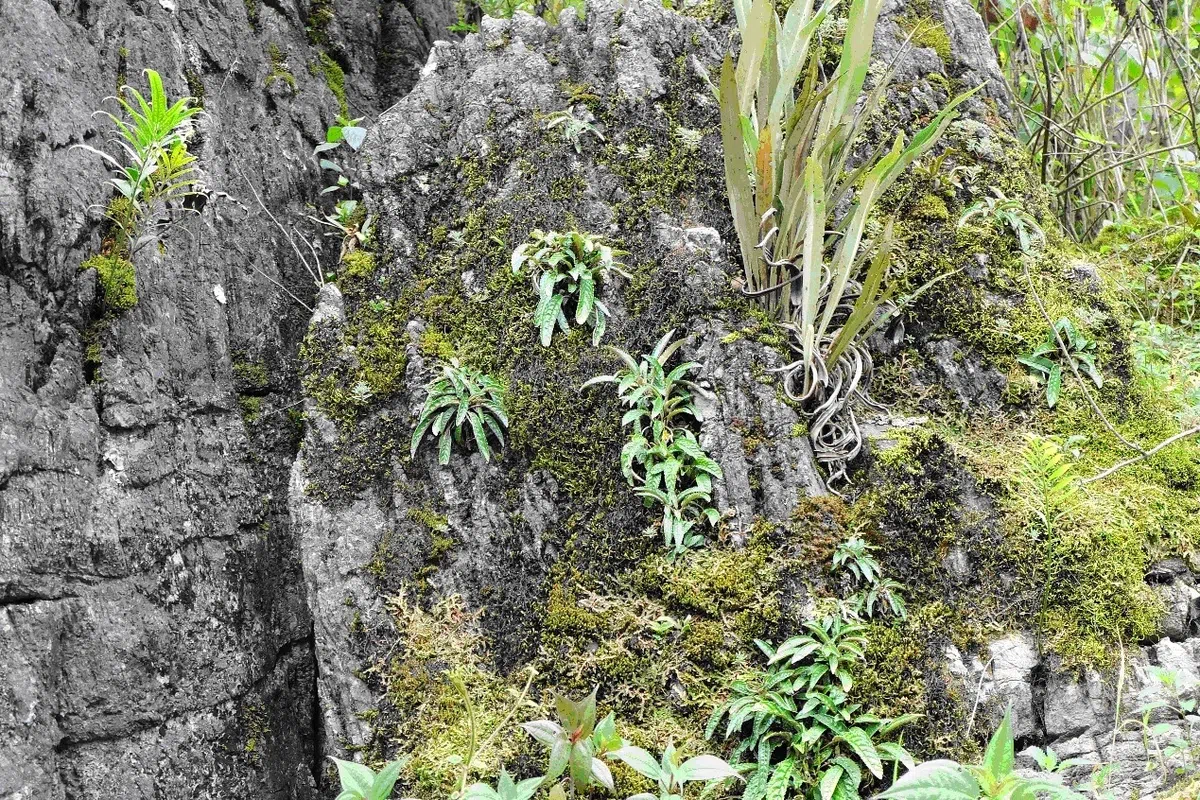
Fig.1 the habitat of Paraboea wenshanensis
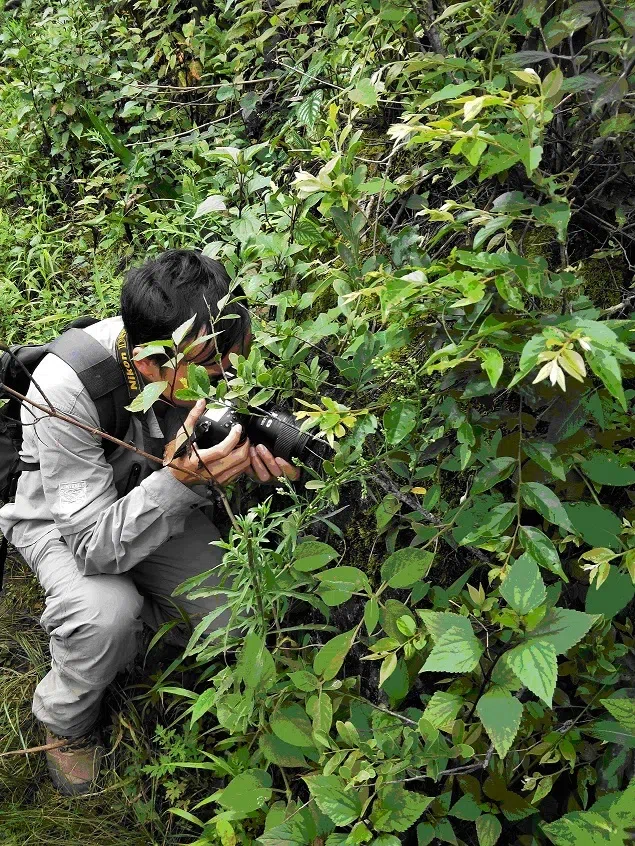
Fig. 2 The engineer, Mr. He De-Ming, in the
field
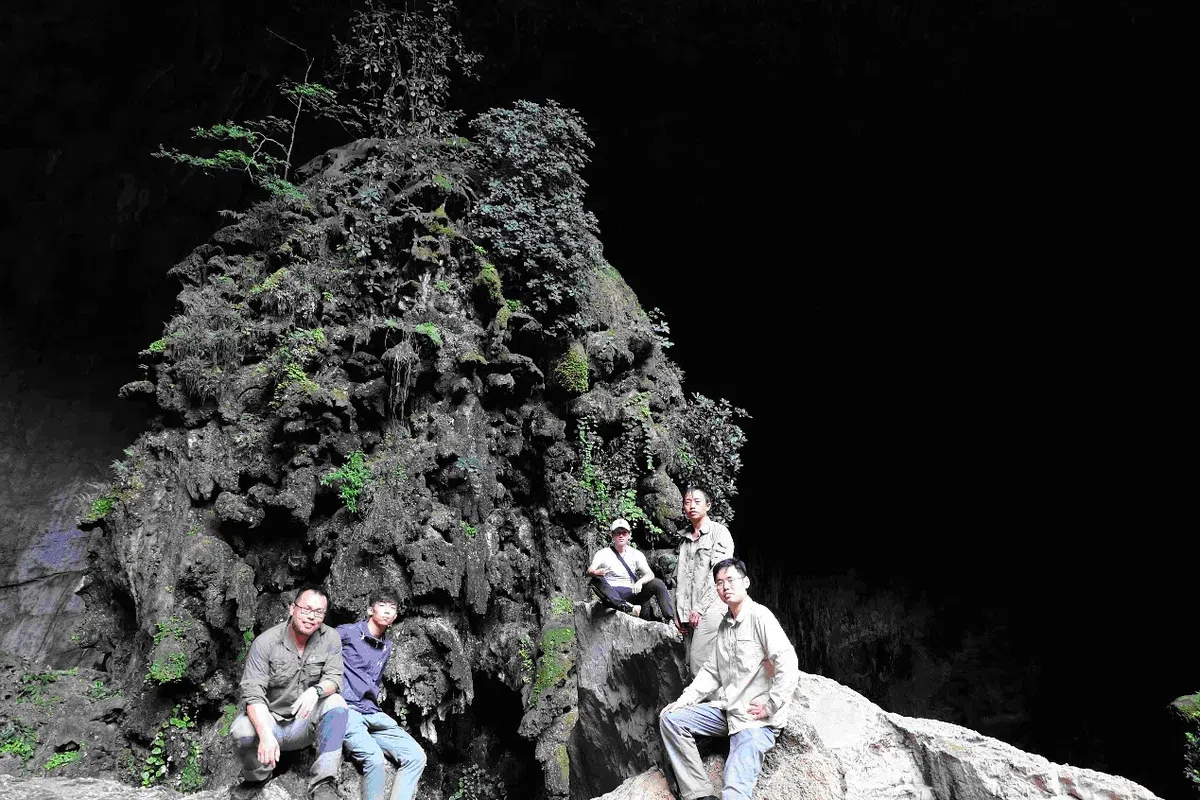
Fig. 3 The
researching team of GCCC and the engineer, Mr. He De-Ming






